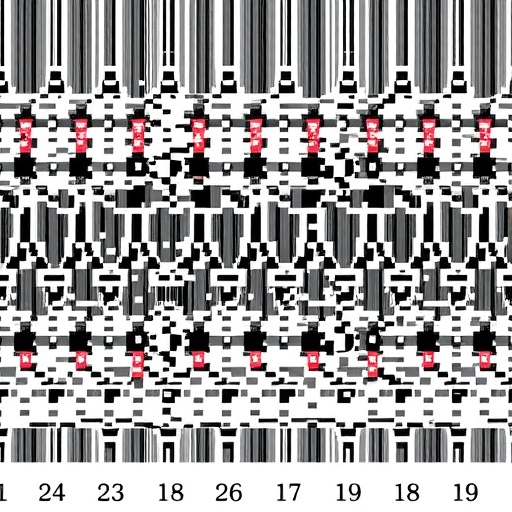Few novel drugs have been developed to treat neglected diseases in recent decades, Brazilian researchers warn

Credit: Miguel Boyayan / Pesquisa FAPESP magazine
Although neglected diseases account for 11% of the global disease burden, they are targeted by only a small proportion of the new drugs developed every year.
Between January 2012 and September 2018, a total of 256 new drugs entered the market, but only eight (3.1%) were designed to treat neglected diseases. This value exceeds the proportion for 1975-99, which was 1.1%, but falls short of the 4.3% mark recorded for 2000-11.
The term “neglected diseases” refers to malaria, diarrheic diseases, tuberculosis, and 20 neglected tropical diseases recognized by the World Health Organization (WHO), such as dengue, chikungunya, Chagas and leishmaniasis, among others.
An up-to-date survey of drugs and vaccines for neglected diseases has been published in The Lancet Infectious Diseases. Signed by two researchers affiliated with the University of São Paulo (USP) in Brazil, it shows that much remains to be done, especially with regard to neglected tropical diseases (NTDs).
NTDs were targeted by none of the new chemical entities approved between 2012 and 2018, although two targeted malaria and tuberculosis. The new drugs for tuberculosis (bedaquiline), with a novel action mechanism, and for Plasmodium vivax malaria (tafenoquine) are the first innovations in treatment for their respective targets in the last 40 and 60 years, respectively.
“The other six products registered between 2012 and 2018 for this group of diseases are repurposed drugs, biologicals or new formulations. The repurposed drugs, for example, were used to treat other diseases and have been approved for new clinical uses. None is what we call a new chemical entity, meaning the result of innovation and hence not containing any active molecule previously approved for clinical use,” said Adriano Andricopulo, a professor at the University of São Paulo’s São Carlos Physics Institute (IFSC-USP) and one of the authors of the article.
The other author is Leonardo L. G. Ferreira, who has received a doctoral scholarship and a postdoctoral scholarship from FAPESP.
Both scientists are also affiliated with the Center for Research and Innovation in Biodiversity and Drug Discovery (CIBFar), one of the Research, Innovation and Dissemination Centers (RIDCs) funded by FAPESP.
The WHO is committed to eliminating epidemics of NTDs by 2030. In addition, the 2012 London Declaration on NTDs established action plans to control, eliminate or eradicate ten NTDs by 2020.
“By incorporating cutting-edge science and technology, drug research and development for neglected diseases have progressed considerably. Nonetheless, a profound gap persists between disease burden and the development of therapeutic assets for such diseases,” the authors write.
However, they note that the list of approved new chemical entities will expand in 2019 with the development of fexinidazole, the most advanced oral drug for human African trypanosomiasis. “The drug is now being tested for Chagas disease,” Andricopulo said.
Andricopulo is the principal investigator for one of five proposals approved in a call issued by FAPESP with the UK Medical Research Council (MRC) and the Newton Fund for NTD Joint Center Partnerships. Over the next three years, groups led by Andricopulo and Kevin David Read of the University of Dundee’s Drug Discovery Unit (DDU) in Scotland will investigate the use of bioactive natural products in the discovery of new drugs to treat leishmaniasis and Chagas.
###
About São Paulo Research Foundation (FAPESP)
The São Paulo Research Foundation (FAPESP) is a public institution with the mission of supporting scientific research in all fields of knowledge by awarding scholarships, fellowships and grants to investigators linked with higher education and research institutions in the State of São Paulo, Brazil. FAPESP is aware that the very best research can only be done by working with the best researchers internationally. Therefore, it has established partnerships with funding agencies, higher education, private companies, and research organizations in other countries known for the quality of their research and has been encouraging scientists funded by its grants to further develop their international collaboration. You can learn more about FAPESP at http://www.
Media Contact
Joao Carlos Silva
[email protected]
Original Source
http://agencia.
Related Journal Article
http://dx.




